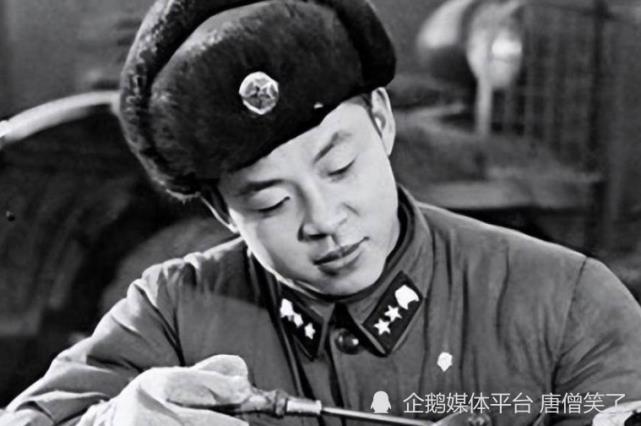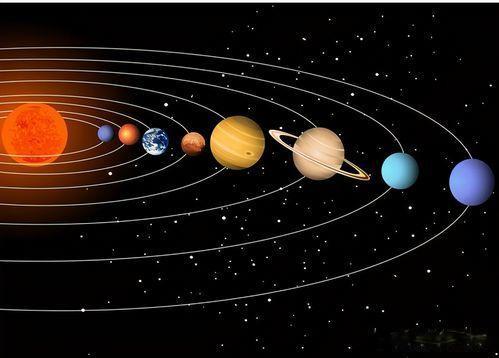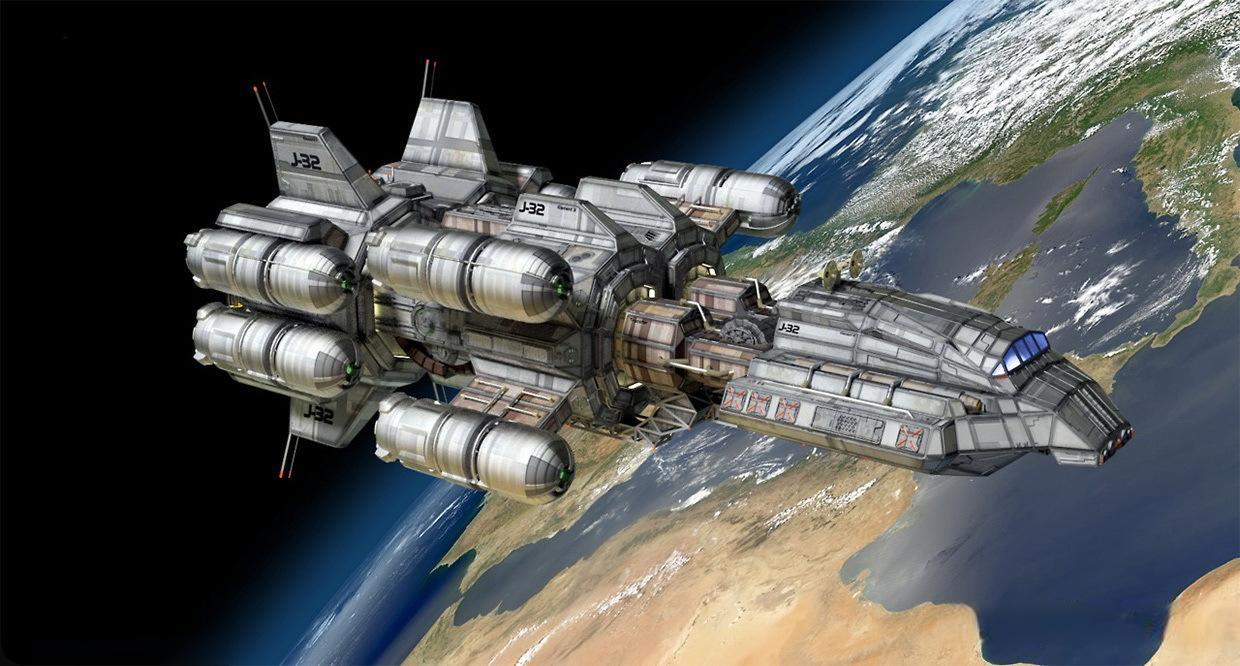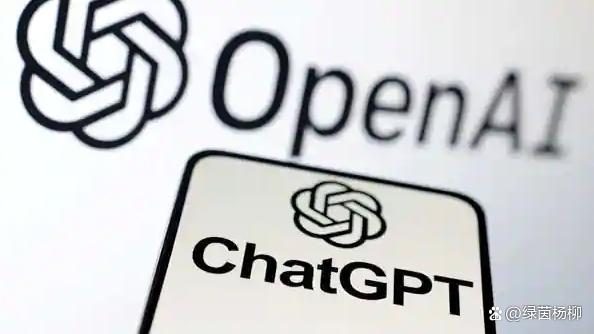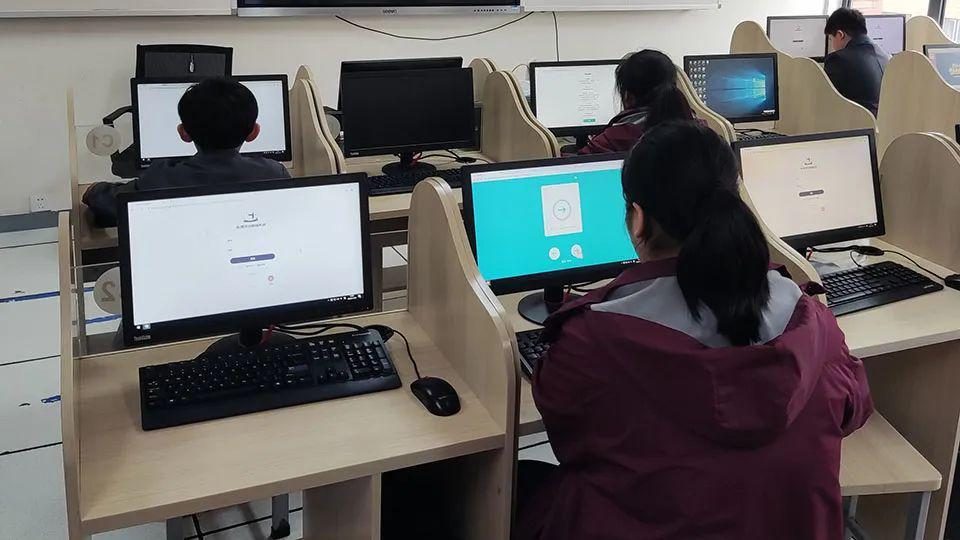CVPR 2023, one of the top three computer vision conferences, was exposed in the paper of China Smart Car Company.
Domestic autonomous driving companyHao mo zhi hangThe paper Bev-Lane Det: A Simple and Effective 3D Lane Detection Baseline submitted by the technical team of its Artificial Intelligence Center was successfully selected into CVPR2023.
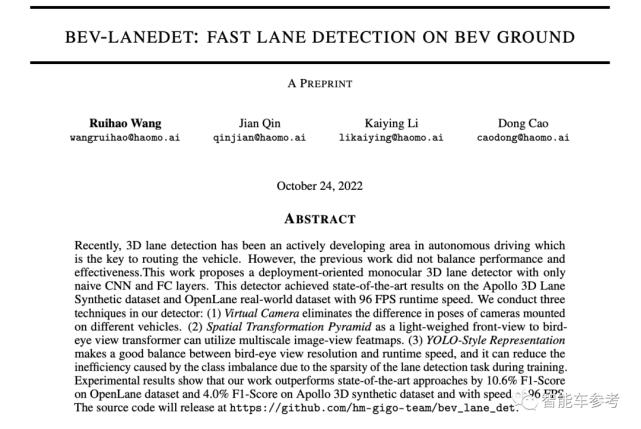
What problems should the new research solve?
3D lane detectionAs a hot topic in the field of automatic driving, it plays a vital role in vehicle routing. In the past, related technologies were often difficult to be applied because of its complex spatial transformation and inflexible representation of 3D lanes.
Faced with these problems, Millie independently developed an efficient and robust monocular 3D lane detection, referred to as:BEV-LaneDet.
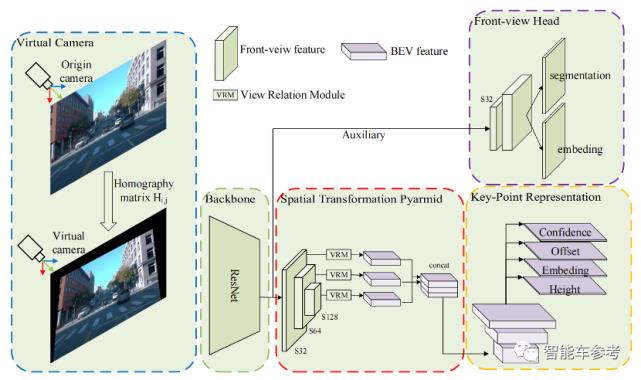
In BEV-LaneDet, Millimeter team first converted all the internal and external parameters of the input image into unified internal and external parameters through the virtual camera, which ensured the consistency of the spatial relationship of the front cameras in different vehicles and effectively promoted the learning process.
Moreover, Millimeter Team uses feature extractor to extract the features of the front view image, and proposes a simple but effective 3D lane representation, which is called "Key-Points Representation". This module is more suitable for representing complex and diverse 3D lane structures.
On this basis, inspired by FPN, Millicent team also designed a lightweight and chip-friendly spatial transformation module called "Spatial Transformation Pyramid", which is a fast multi-scale spatial transformation module based on VPN, mainly responsible for the transformation from front view features to BEV features.
Finally, the team predicted the lane on the plane tangent to the local road surface, divided the local road surface into s1×s2 grids, predicted confidence, embedding for clustering, lateral error offset and the height of each grid, and used fast clustering method to fuse the results of each branch in reasoning to obtain 3D lanes.
How did BEV-LaneDet perform?
Through the above methods, the F1-S?core of BEV-LaneDet can reach 185FPS on the OpenLane dataset, which is 10.6% higher than the current SOTA.
BEV-LaneDet can also lead the current SOTA method by 4.0% in the performance of Apollo 3D Lane Synthetic.
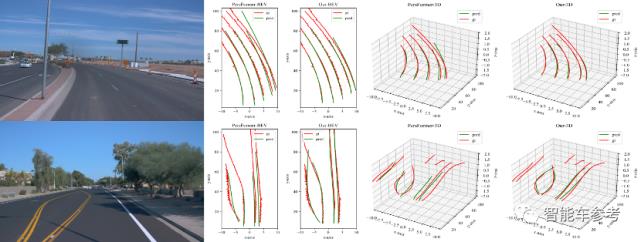
At present, Mimo Zhixing is the first echelon player in domestic self-driving mass production, and the paper written by its technical team BEV-LaneDet was selected for CVPR, which is actually the embodiment of the technical strength behind the commercial progress.
At present, HPilot has iterated three generations of products, and has achieved mass production on nearly 20 models of Wei brand, tank, Haval, Euler, Great Wall Gun and other brands. In the future, passenger cars equipped with Millimeter-assisted driving products will reach millions of orders of magnitude. As of February 2023, the mileage of user-assisted driving has exceeded 35 million kilometers. NOH, the first city in China that can land on a large scale, has also reached the delivery status with its software sealed.
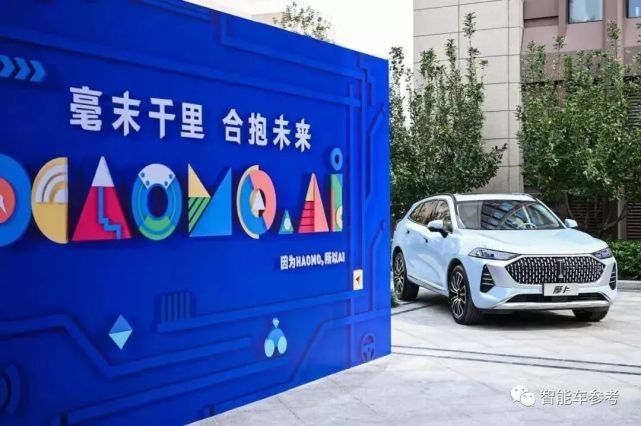
In addition, the terminal logistics automatic delivery vehicle has initially completed the commercial closed loop, delivering more than 1,000 units, and the delivery order volume of the terminal logistics automatic delivery vehicle Little Magic Camel series has also exceeded 160,000, and the commercialization process is accelerating in an all-round way.
Introduction to CVPR
IEEE (Institute of Electrical and Electronics Engineers) CVPR (Conference on Computer Vision and Pattern Recognition) is one of the three top conferences in the field of computer vision and pattern recognition.
The main content of the conference is computer vision and pattern recognition technology. CVPR is the world’s top computer vision conference (one of the three top conferences, the other two are ICCV and ECCV). In recent years, there are about 1,500 participants every year, and the number of papers collected is generally about 300.
CVPR has strict employment standards. According to CVPR officials, CVPR2023 received a total of 9,155 papers, a record high, and the organizing committee finally hired 2,360 papers, with an acceptance rate of 25.78%.
CVPR is also the witness of major changes in the field of AI vision. The current wave of AI driven by deep learning originated from Hinton’s blockbuster in CVPR Challenge.
Address: https://arxiv.org/pdf/2210.06006.pdf.
— finish —
[Smart Car Reference] Original content is prohibited from being reproduced at will without the authorization of the account.
